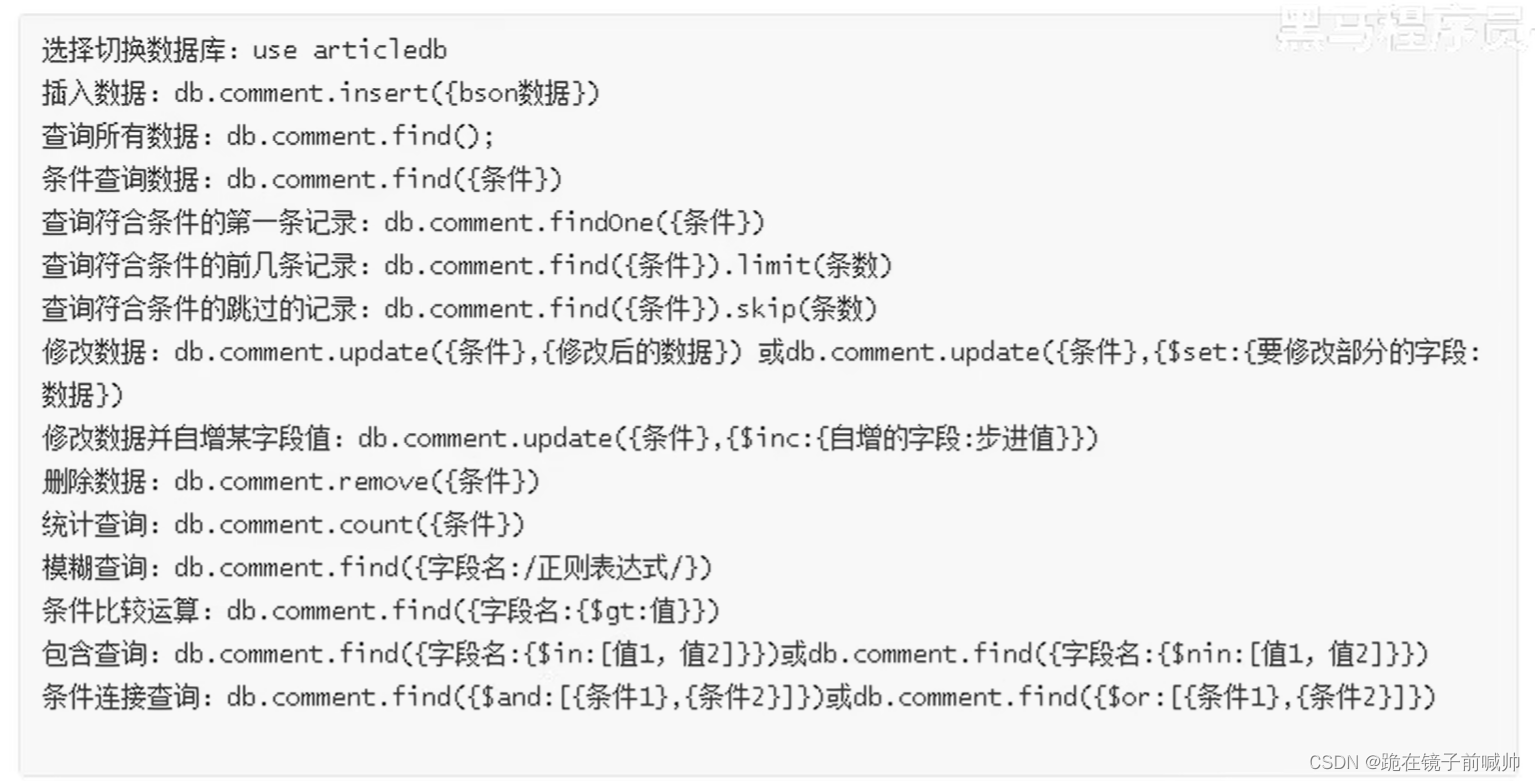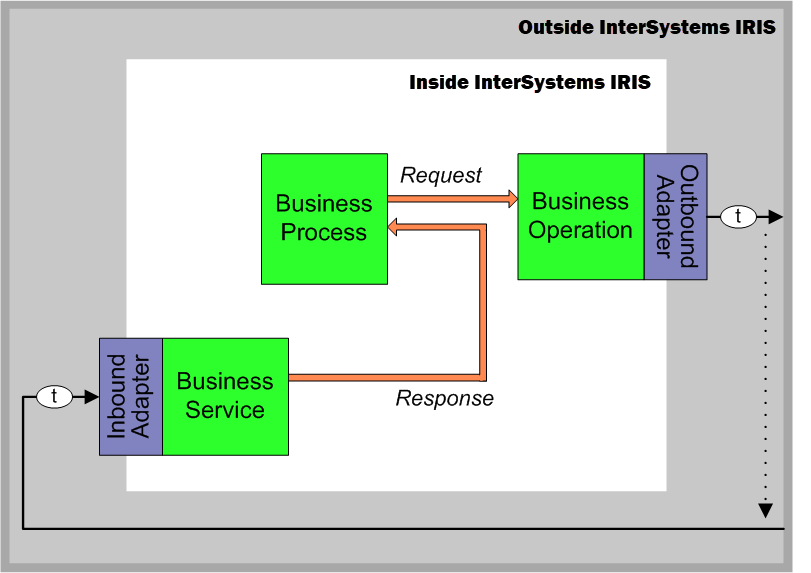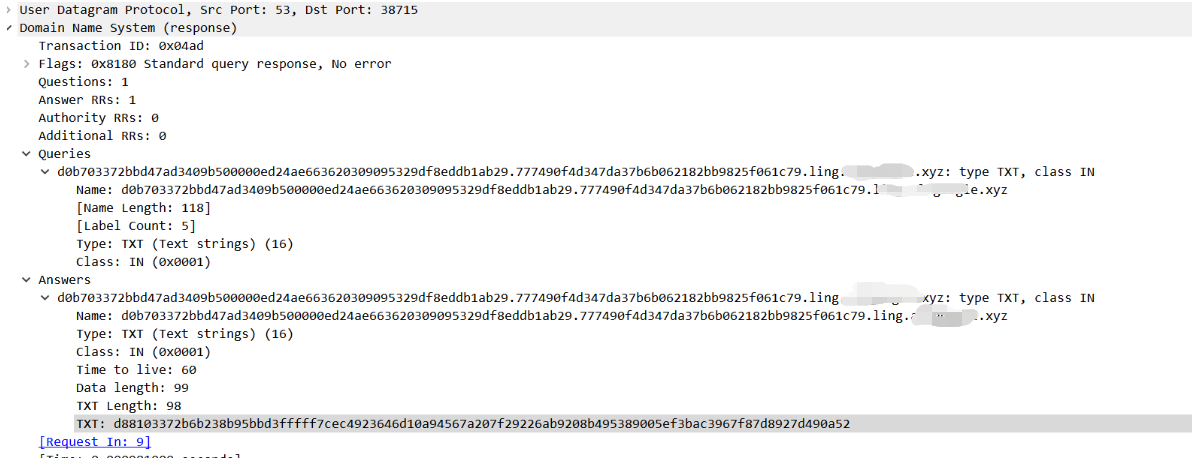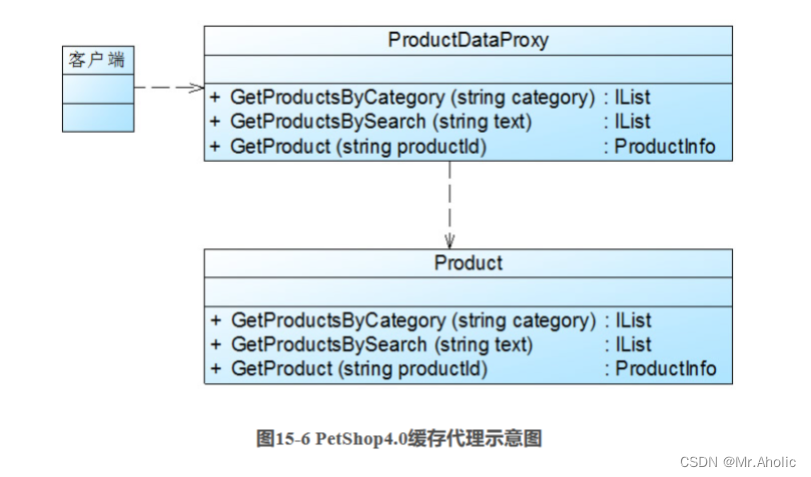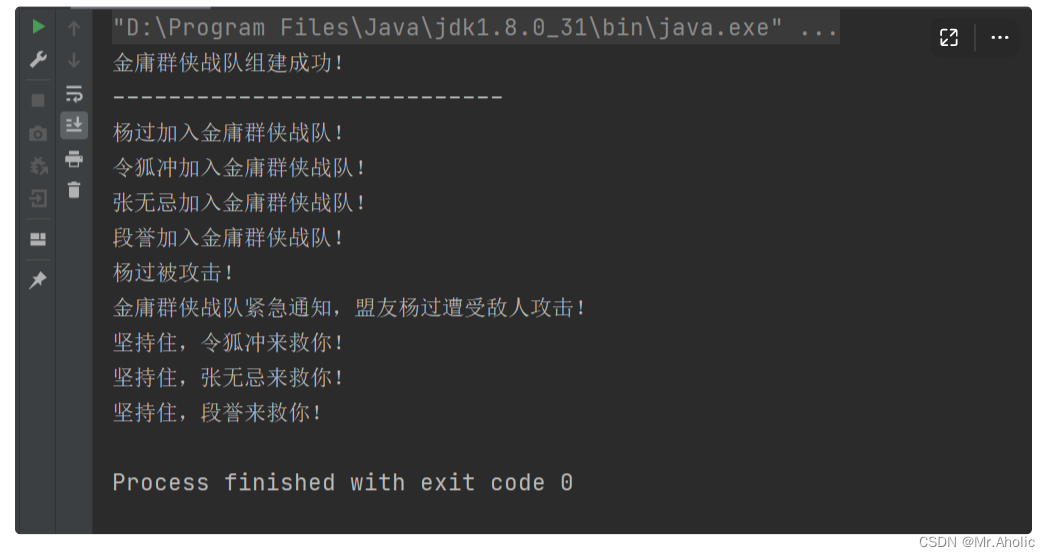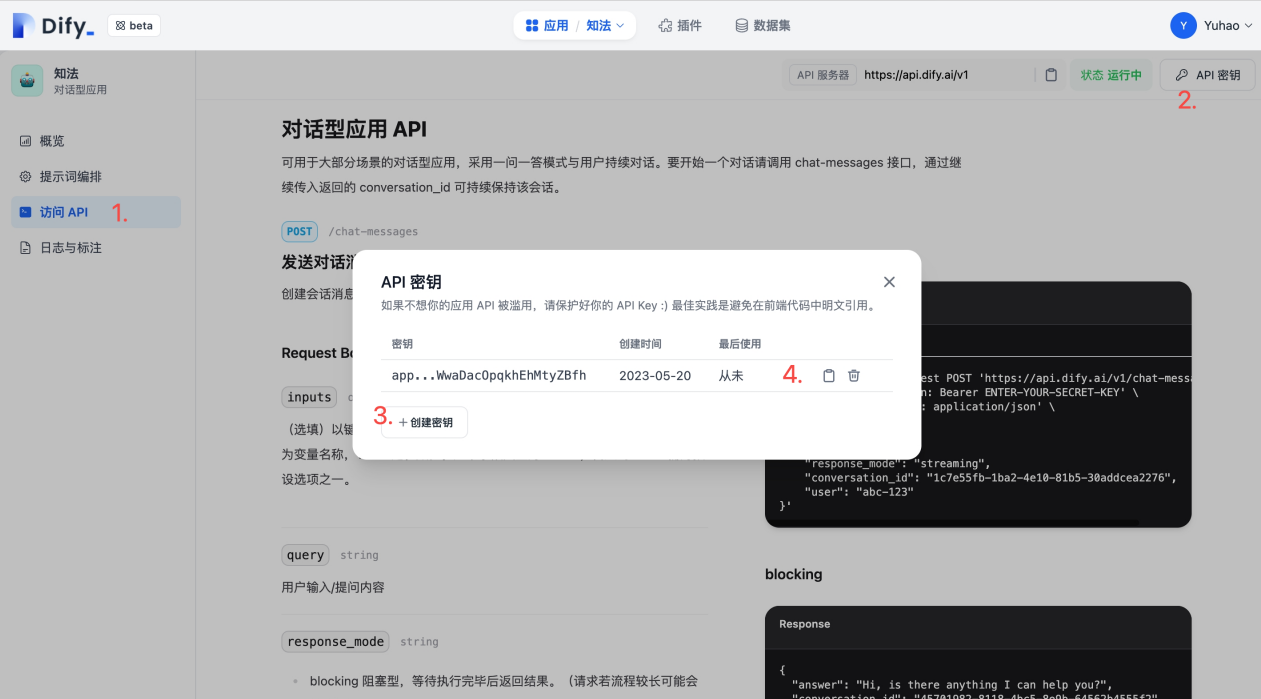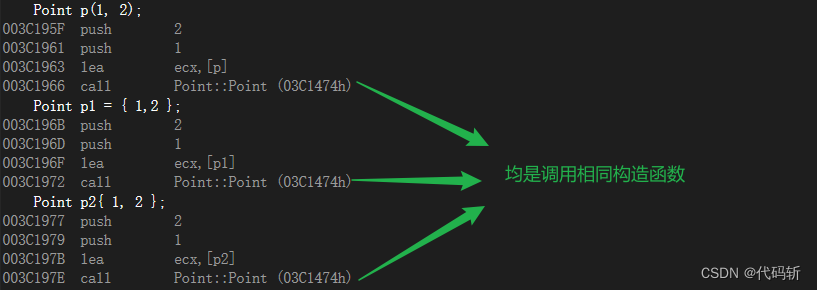1. 绝对路径:
os.path.abspath("") 翻译过来就是通过操作系统找到路径-绝对路径,os是operation system, abspath 是absolute path
比如现在运行的文件在service文件夹中,运行后:

2. 上层目录:
方法一:os
os.path.dirname(os.path.abspath("")) 翻译过来就是通过操作系统找路径-目录名称-绝对路径
dir是directory,目录。
还是刚刚的文件,运行之后就返回上级目录

方法二:parent 父目录
from pathlib import Path
(Path(__file__).parent / "../database_info.yml").resolve()
3. 列出文件夹中所有文件
os.listdir: 翻译为列出目录中所有文件。 list,列出表单。
barra_list = os.listdir( barra_path + '/CNE5Barra' ) 【CNE5Barra 是文件夹,barra_path为路径】

4. 加字符串可以加特定的文件夹/目录
output_temp_path = os.path.dirname(os.path.abspath("")) + '/Dao/Output_Data/'

5. join也可以连接路径和文件
output_temp_specific_path = os.path.join(output_temp_path, fund)

这样写个循环可以将一堆文件都命名成不同的路径
fund_list = os.listdir(funds_path) # 列出目录下所有文件名
for fund in fund_list:
output_temp_specific_path = os.path.join(output_temp_path, fund)
6. 如果没有路径存在,一个强大的功能是自动生成路径文件夹
mkdir: make directory,造目录
if not os.path.exists(output_temp_specific_path):
os.mkdir(output_temp_specific_path)
7. 对路径进行导入
sys.path.append('/home/wangmengting/code')

